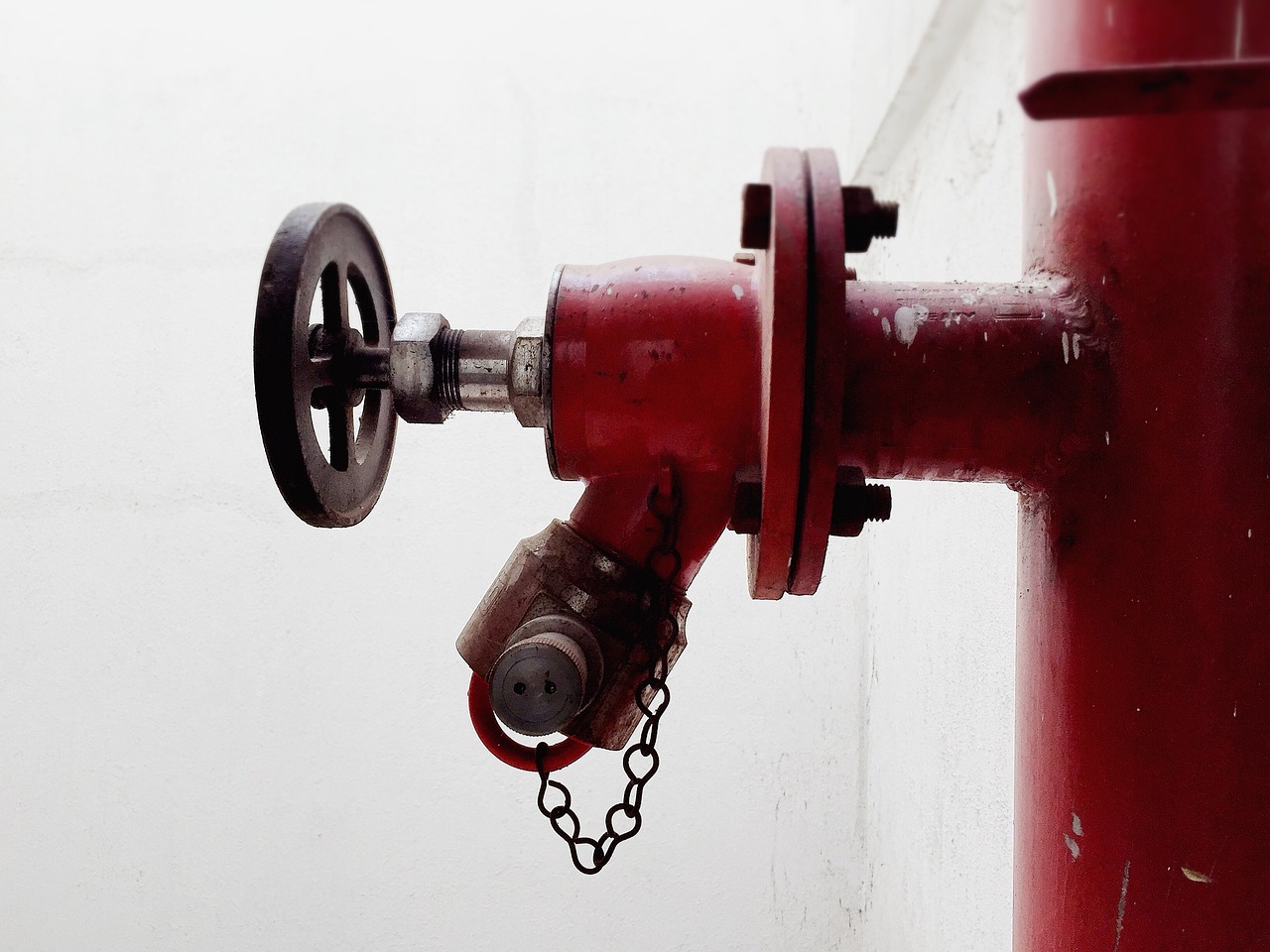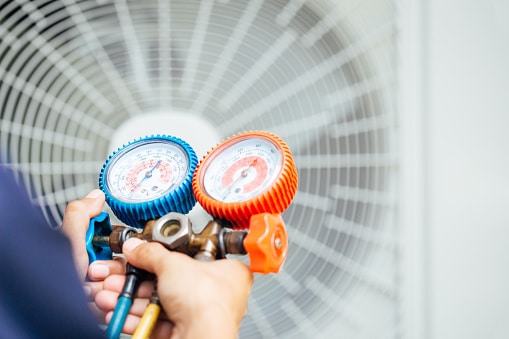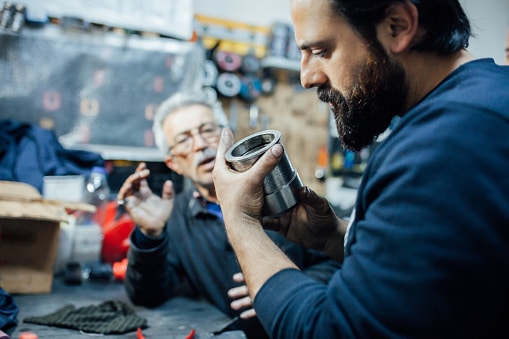
Electrical Lugs
If you’re working with electrical connections, chances are you’ve come across electrical lugs.
These small, but important components are used to connect wires to different devices, equipment, or other wires.
But, what exactly are electrical lugs?
How do they work?
And what are the different types available?
In this article, we’ll answer all these questions and more, so keep reading to learn everything you need to know about lugs.
What Are Electrical Lugs?
Electrical lugs, also known as wire lugs or cable lugs, are small connectors used to connect wires to other wires, devices, or equipment. Torque specs chart also used for measuring torque of cable and lugs.
They are made of various materials, such as copper, aluminum, or brass, and come in various sizes and shapes depending on their application.
How Do Electrical Lugs Work?
Its work by creating a mechanical and electrical connection between two or more wires or between a wire and a device or equipment.
They do this by crimping or soldering the wires onto the lug, which then attaches to the device or equipment.
The lug ensures that the wires are securely connected and the electrical current flows through them without any resistance.
Types Of Electrical Lugs
There are various types of lugs available, each designed for a specific application. Some of the most common types:
Ring Lugs
Ring lugs are the most common type of electric lugs.
They have a round or oval-shaped hole on one end that fits over a screw or stud, making it easy to connect to a device or equipment.
Ring lugs come in various sizes and are made of different materials, including copper, aluminum, and brass. . In Ring lugs Torque specs chart also used for measuring torque of cable and lugs.
Spade Lugs
Spade lugs, also known as fork lugs, have a fork-like shape on one end that fits over a screw or stud.
They are often used in applications where the connection needs to be removable or when there isn’t enough space to use a ring lug.
Pin Lugs
Pin lugs, also known as banana plugs, have a cylindrical shape and a pin-like end that plugs into a socket.
They are often used in audio and video equipment where a quick and easy connection is needed.
In pin lugs, Torque specs chart also used for measuring torque of cable and lugs.
Butt Lugs
Butt lugs, also known as splice lugs, are used to splice two wires together.
They have a barrel-shaped end that is crimped onto the wires, creating a secure connection.
Butt lugs come in various sizes and are made of different materials, including copper, aluminum, and tin-plated copper.
Applications Of Electrical Lugs
Electric lugs are used in various applications, including:
Power Distribution
Its used in power distribution systems to connect wires to circuit breakers, transformers, and other devices.
Grounding
Its used to connect wires to grounding rods, grounding plates, or other grounding systems to protect electrical equipment from lightning strikes and electrical surges.
Solar Panels
lugs are used in solar panel systems to connect the wires from the solar panels to the inverter, which converts the DC current to AC current.
Automotive
lugs are used in automotive applications to connect wires to batteries, alternators, and other electrical components.
Choosing The Right Electrical Lug
Choosing the right electrical lug depends on several factors, including the application, wire size, and current capacity.
It’s important to select the right lug to ensure a secure and reliable connection.
In lugs, Torque specs chart is also used for measuring the torque of cable and lugs
Here are some tips for choosing the right electrical lug:
- Determine the wire size and current capacity
- Choose the appropriate lug size and type
- Make sure the lug is compatible with the device or equipment
- Use the proper crimping or solder
How To Install Electrical Lugs
Installing electrical lugs requires some basic knowledge of electrical connections and tools. Here are the steps to install lugs:
- Strip the wire insulation to expose the bare wire.
- Insert the wire into the lug and crimp or solder it onto the lug.
- Insert the lug onto the device or equipment and secure it with a screw or nut.
- Repeat for all the wires and lugs.
- It’s important to follow the manufacturer’s instructions and use the proper tools for crimping or soldering the wires onto the lugs.
Maintenance And Safety
Proper maintenance and safety are crucial when working with electrical connections and lugs. Here are some tips for maintenance and safety:
- Regularly inspect the connections and lugs for any signs of damage or corrosion.
- Use the proper tools and techniques for installing and removing lugs.
- Follow the manufacturer’s instructions for crimping or soldering the wires onto the lugs.
- Wear protective gear, such as gloves and eye protection, when working with electrical connections and lugs.
- Turn off the power before working on electrical connections and lugs.
Conclusion
Electrical lugs are small but important components used in various electrical applications.
They create a secure and reliable connection between wires and devices, ensuring the electrical current flows without any resistance.
Choosing the right lug and installing it properly is crucial for the safety and performance of the electrical system.
Regular maintenance and safety precautions should be taken when working with lugs.
FAQs:
What Is The Difference Between Crimping And Soldering ElectricLugs?
Crimping involves using a tool to press the lug onto the wire, creating a secure connection. Soldering involves melting a metal alloy onto the wire and lug to create a bond.
Are different materials used for electric lugs?
Yes, lugs can be made of various materials, including copper, aluminum, and brass.
What Is the maximum current capacity of electrical lugs?
The maximum current capacity of electrical lugs depends on the lug size, material, and application.
Do Electrical Lugs Reuse?
As they can become damaged or corroded over time it’s generally not recommended to reuse electrical lugs.
Are Lugs Necessary For All Electric Connections?
No, not all electrical connections require lugs. It depends on the application and the type of connection needed.






